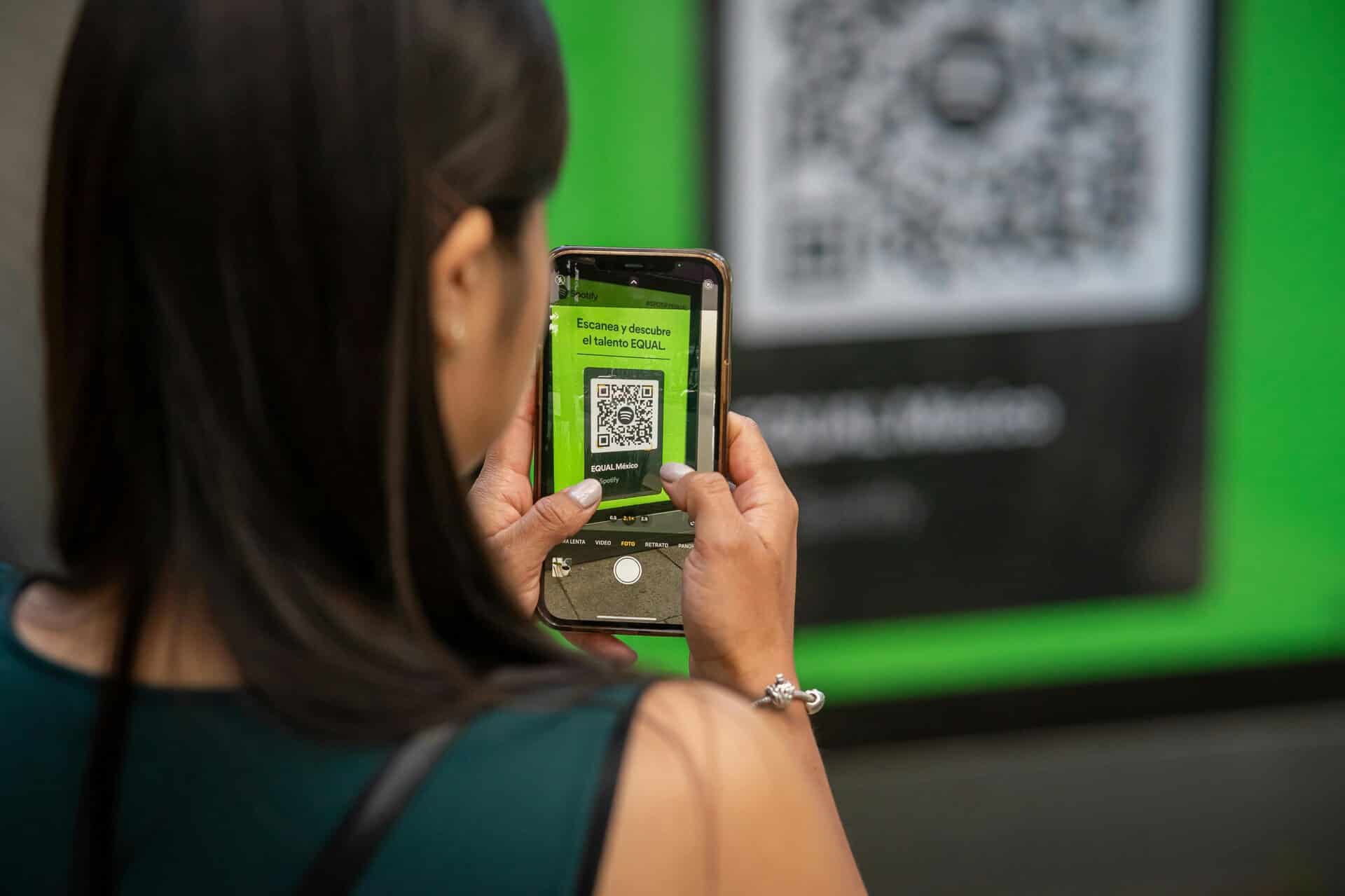Mar 6, 2020
—
Panicked headlines have circulated among the nation’s most notable news outlets, all concerning long-running brick-and-mortar retail stores closing their doors for the last time. As continuous chants claiming “the end is nigh” ring through the industry, a stigma has been applied to owning or starting a retail branch in this decade. The truth is, as…

Panicked headlines have circulated among the nation’s most notable news outlets, all concerning long-running brick-and-mortar retail stores closing their doors for the last time. As continuous chants claiming “the end is nigh” ring through the industry, a stigma has been applied to owning or starting a retail branch in this decade.
The truth is, as loud as the echoing of in-store retail failure sounds, there is no apocalypse on the horizon. Rather, there is a digital evolution at hand that is refurbishing the possibilities and expectations of the brick-and-mortar retail industry. Keep reading; you’ll see what I mean.
Retail relates to the sale of consumer goods to the public. These goods can be anything from everyday groceries, to the newest smartphone, and even to that trendy clothing item you just had to add to your closet. Today’s retail industry consists of two sectors: brick-and-mortar and e-tail. Brick-and-mortar retail, also called in-store retail, relates to retail companies that primarily offer consumer goods to the public from a physical store location. While e-tail companies can have physical store locations, the majority of their sales happen online since internet consumers purchase goods within their digital web stores.

Think: what do most brick-and-mortar retail brands facing bankruptcy or foreclosure have in common? Their heavy dependence on sales happening within their store locations. Retail, both its brick-and-mortar and e-tail segments, is a trillion-dollar industry, but the trajectory of its brick-and-mortar sector is slowing. E-tail is set to account for 69% of total retail sales growth in 2020, experiencing a 12.8% sales growth, while traditional in-store sales are only expected to rise by 0.7%.

These days, e-tail brands tend to gain the upper hand with total sales during the holiday season thanks to the popularized shopping traditions such as the sales rush of Black Friday. In-store sales reached over $868b in 2019 yet its growth from the prior year was only 1.9%. Retail ecommerce achieved a 13.4% sales growth in the same time frame, despite reaching $133.57b. In terms of year-over-year sales growth, brick-and-mortar stores are losing the game against e-tail.
The shift toward e-tail is no coincidence when the current state of the market is considered. Previously, baby boomers were general retail’s biggest players. Their impact on the industry undoubtedly empowered the industry to reach its trillion dollar mark in today’s market. Boomers grew up when brick-and-mortar was the sole sector of the retail industry, thanks to the internet not coming to fruition until 1983 and digital stores not gaining public momentum until the late 90s/early 2000s.

However, boomers have begun to actively adapt internet-driven tech into their lives. 75% of internet-savvy boomers carry a smartphone, while another 65% have taken a liking to laptops. Boomers even found their niche on social media platforms with 50% of 2020 social network users being over the age of 50. In the world of e-tail, boomers’ progression as modern consumers is evident. 68.5% of digital buyers penetrating the 2020 e-tail market are aged 55-64; that’s over 6% more than shoppers aged 14-17. Additionally, shoppers aged 65+ represent 48.9% of 2020 digital shoppers. Boomers’ e-tail presence is expected to continue, with an estimated 71.7% of digital buyers being 65+ and 84.5% of shoppers aged 55-64 expected to penetrate the market by 2023.
Despite embracing the e-tail market, boomers’ consumer record is no match for Gen Z’s distinct reputation of being the market’s most prominent e-tail generation. True, millenials have a strong stance in e-tail today, set to represent 64.8m digital buyers by 2023. However, Generation Z was the first generation accustomed to the Internet’s existence since birth. Consequently, this young generation has immersed itself within the e-tail world. This year, over 86% of people aged 18-24 and nearly 62% of people aged 14-17-year-olds will be digital buyers. Additionally, the e-retail giant Amazon is considered the top shopping site by 52% of teens. Gen Z’s digital reliance will undoubtedly cause brick-and-mortar buying to decrease in popularity as their market impact grows.

E-tail continues to outperform in-store retail by offering instantaneous, all-day customer experiences. The power of digital lets e-retail offer transparency about major inventory changes like out-of-stock/sold-out inventory, which has been dubbed a leading in-store shopping nuisance by 48% of adult consumers. The pressure of store operation times are removed thanks to the Internet being open 24/7. Best of all, e-tail eliminates burdensome checkout lines, offering a solution to the 60% of in-store shoppers annoyed by long checkout lines. The accomplishment of digital stores adopting an experience built on individually catering to customers explains why 83% of internet users are praising e-tail over brick-and-mortar experiences.
The age of digital has also upgraded the importance of a shopping cart. At brick-and-mortar store locations, carts are simply the holders of items. Wanted items are kept inside, while items glimpsed at but not taken go unnoticed by store owners. Plus, no alerts exist for selected items returned to the shelves before a purchase is complete. Once an item is removed from a cart, it stays out of the cart.
Online carts are different. There are over 201m digital buyers and over 229m digital shoppers interacting with the online market this year. Brands need to stay aware of these audiences to pinpoint and attract the right customers for their offerings. Luckily, digital has converted carts from item holders to lead generators. With enhanced data algorithms, online-optimized brands can see which items are being browsed or carted by their customers. Even if the item isn’t bought, e-tail stores are given knowledge of potential buyers’ interests. This knowledge can empower every aspect of a campaign strategy, from audience targeting to messaging to ad outreach.

Modern-day e-tail’s rise in consumer popularity does not mean brick-and-mortar retail’s doomsday is at hand. Instead, this market change is a wake-up call for retailers to invest more effort into adapting digitized retail attributes without forcing the complete abandonment of in-store retail. One such e-tail method brick-and-mortar brands are utilizing is BOPIS purchasing, or the consumer’s option to buy online, then pick up in-store. Today, 41% of online consumers plan to use store-pickup options for their online purchases. Major e-tailers like Amazon and Walmart as well as brick-and-mortar stores like Kroger are experiencing grocery sector growth thanks to BOPIS. Curbside grocery pickups alone are set to become a $35b business by 2020 in the U.S. Brick-and-mortar brands are also investing resources in store-to-door deliveries. From e-tailer Amazon planning drone deliveries to everyday brick-and-mortar businesses dropping off online orders to local buyers, brands are making efforts to satisfy the 69% of U.S. internet users who prefer home delivery options when buying online.
Success over merging e-tail capabilities with brick-and-mortar traditions has been proven, but deciding which digital direction best compliments a brand dynamic can be daunting. Fortunately, a multitude of existing digital solutions can elevate a brand’s digital standing. Use geo-sensitive mobile ads to drive more in-store foot traffic. Analyze distinct data captured from local audiences, and adapt a cohesive product campaign based on those insights. Leads can even be directed to store locations by digitally advertising store sales and offers across OTT formats. By incorporating these e-retail solutions to create cohesive, personalized experiences that encourage customer visits and purchases, brick and mortar retailers can remain relevant and successful players in their market.
Related Posts

In Part 1 of our Intro to Incrementality series, we covered the fundamentals-measuring incremental lift by comparing test (exposed).

In Part 1 of our Intro to Incrementality series, we covered the basics of how incrementality analysis helps marketers.

The State of Digital CPG Advertising Digital marketing is transforming how Consumer Packaged Goods (CPG) brands bond with their.